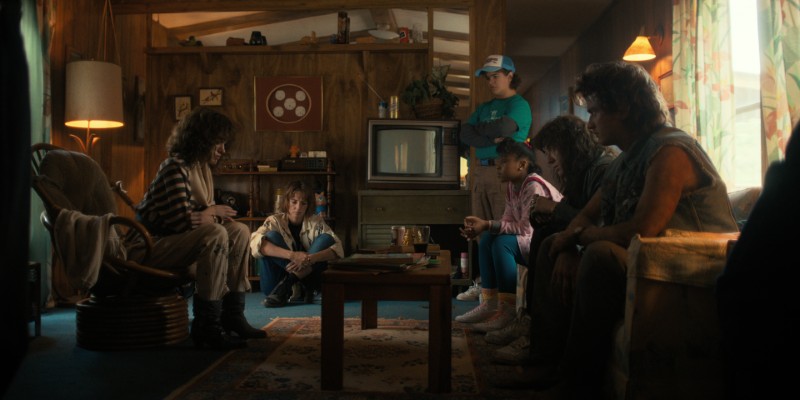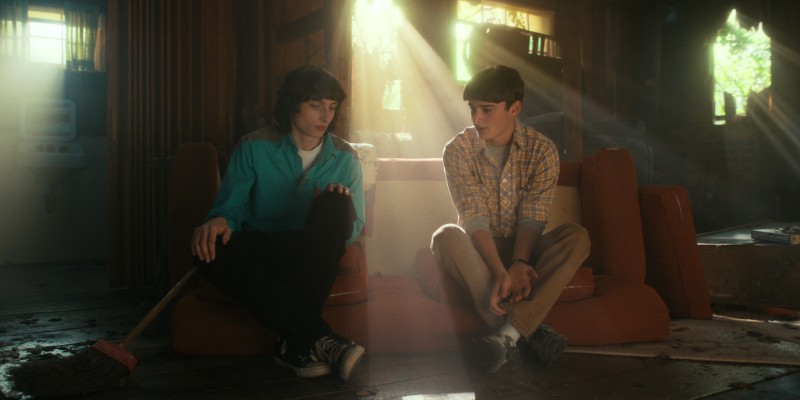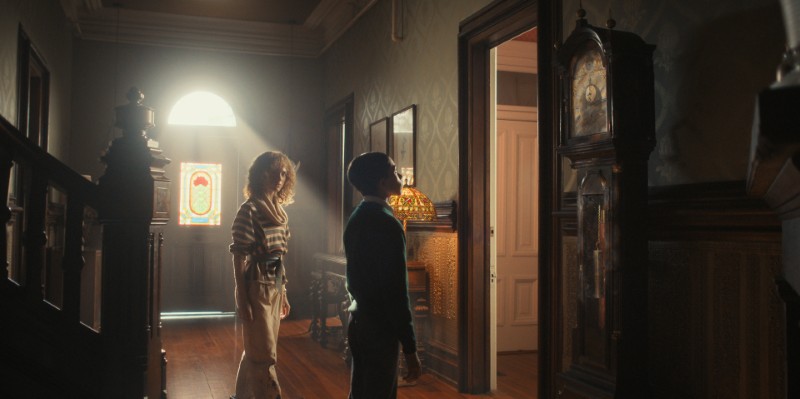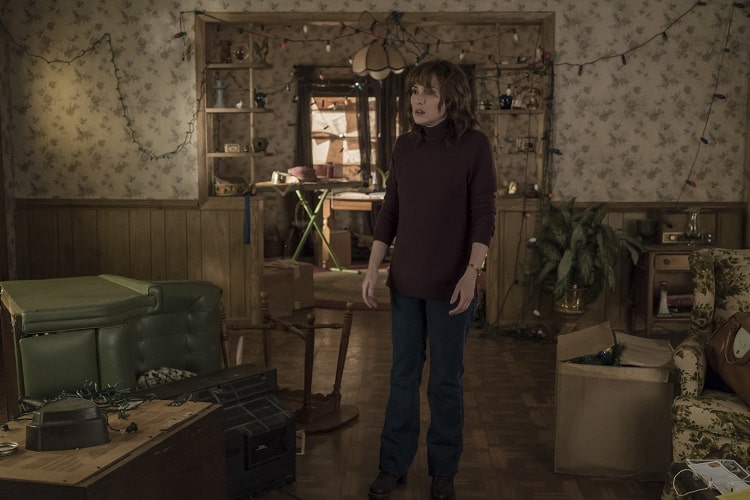The new season is almost here, and Hawkins is still reeling from the so-called 7.4 “earthquake” (aka, The Rift) that shook the town apart.
To reality-check the fallout, the experts at Groundworks (foundation repair and basement waterproofing pros) sized up what that level of shaking would do to typical Hawkins-era homes.
Below: what likely broke, why it breaks, and the real repairs pros use to fix it (though hopefully, this is advice we’ll never need to use).
7.4-level shaking + mid-century foundations = diagonal shear cracks and slab separation
Homes built between the 1950s–1980s weren’t engineered to today’s seismic standards. In a strong-motion event:
- Diagonal “shear” cracks form across basement walls as lateral loads spike.
- Cold-joint failures show up where old concrete pours meet newer work.
- Slab–footing separation appears as the slab slides or lifts off the perimeter footing.
Typical fixes: epoxy crack injection (non-structural), carbon-fiber/Kevlar straps or steel I-beams for wall reinforcement, helical or push piers to stabilize and re-level if settlement shows up, plus interior/exterior drainage to keep water out of new cracks.
Bowing basement walls at the Wheelers’ house: lateral pressure can lead to collapse

Basement hangouts only work if the walls hold. With quake-level side pressure, CMU or poured walls can bow inward, a failure mode that precedes collapse.
Typical fixes: wall anchors, carbon-fiber reinforcement, or steel braces; severe deflection may require partial rebuild and improved drainage/backfill. Add a sump + battery backup to keep new cracks from turning into flood lines on the D&D table.

Slab heave and “concrete chaos”: garages, stoops, patios, and driveways of the ‘Stranger Things’ houses would all be affected
Concrete doesn’t flex; it cracks. Expect heaving/lifting, stepped cracks, and misaligned panels in garage slabs, front stoops, and patios — trip hazards and water pathways galore.
Typical fixes: polyurethane foam injection (slab lifting), mudjacking (in some regions), joint sealing, and downspout/grade corrections so stormwater doesn’t keep exploiting those new gaps.

Unreinforced brick chimneys: first to fail, last you want in your living room
Hawkins’ red-brick chimneys and veneers (common on colonials and ranches) are usually unreinforced masonry. In strong shaking, they’re prone to stair-step cracking, mortar joint separation, and toppling.
Typical fixes: remove and rebuild with reinforcement, or retrofit with bracing/strapping where codes allow; always inspect fireboxes and flues before the next cozy night by the hearth.

Frame shift: sill plates slide, doors jam, walls gap from floors
Without seismic retrofits (sill-plate anchoring, cripple-wall bracing), the wood frame can shift on the foundation. Symptoms: doors and windows that jam, baseboard gaps, and visible wall-to-floor separations. That’s red-tag territory until re-set.
Typical fixes: anchor bolts/epoxy anchors, shear paneling and cripple-wall bracing, re-square/re-level as needed, then address secondary damage (drywall, flooring, utilities).

Water follows damage: cracks = leaks, leaks = mold
New cracks and separated joints make easy entry points for groundwater.
Typical fixes: exterior grading & gutters, interior perimeter drains, sump systems, and vapor barriers in crawlspaces/basements to control moisture and air quality after the dust (and spores) settle.

Pro fixes at a glance (realistic, not sci-fi)
So what type of pro fixes do the leading specialists at Groundworks think might be needed?
- Stabilize/straighten walls: carbon fiber straps, steel I-beams, wall anchors
- Re-establish bearing: helical or push piers under settled footings
- Lift/level slabs: polyurethane foam injections, joint sealants
- Retrofit framing: anchor bolts, shear panels, cripple-wall bracing
- Chimneys/veneer: rebuild or reinforce; inspect flues before use
- Waterproofing: perimeter drains, sump pumps, grading, guttering, vapor barriers
Either way, once the new season drops, it sounds like Hawkins will be calling in an army of contractors… or the moving trucks.

More stories
10 Real-life Stranger Things houses & how much they’re worth
Own a piece of ‘Stranger Things’: The Byers’ house in Albuquerque is up for grabs
‘Stranger Things’ actor Matthew Modine’s former West Chelsea apartment lands on the market